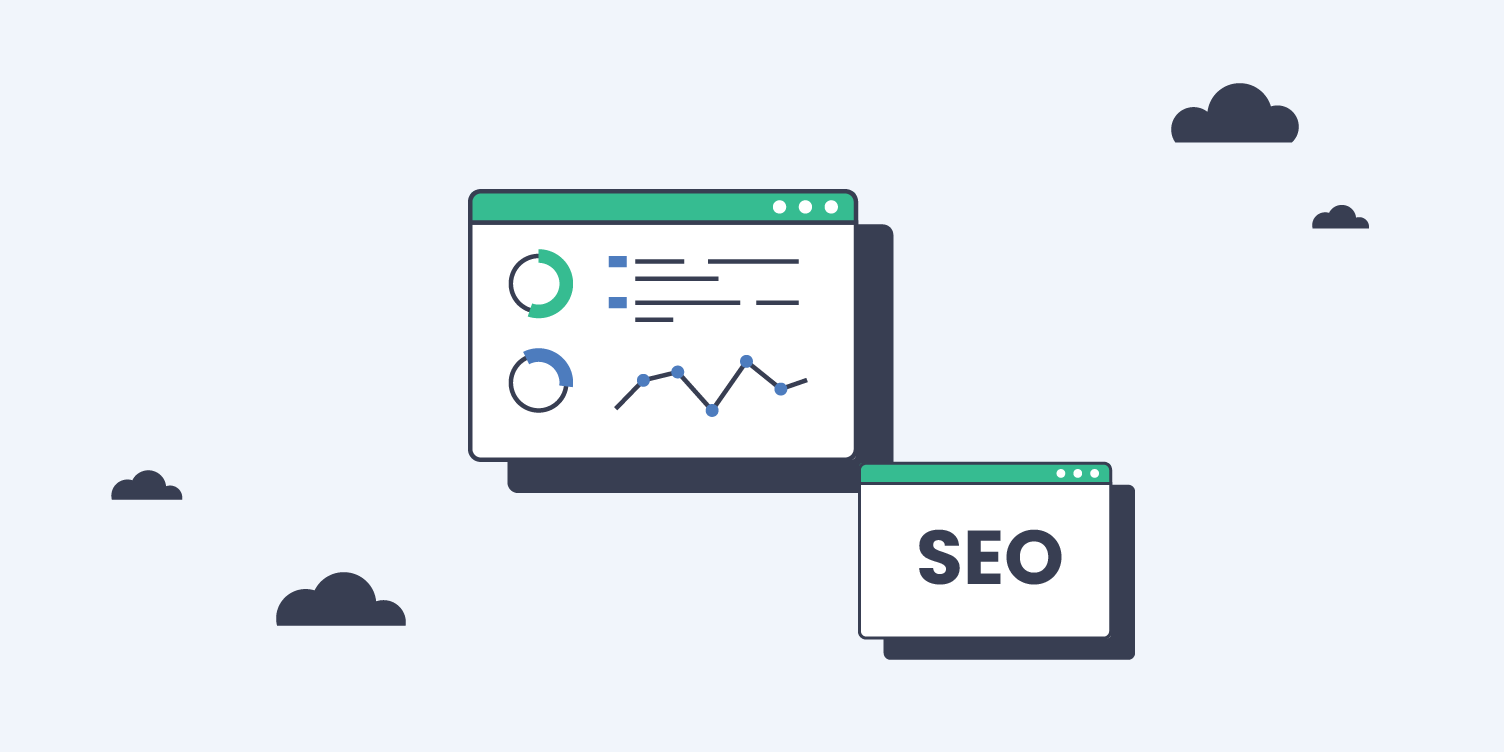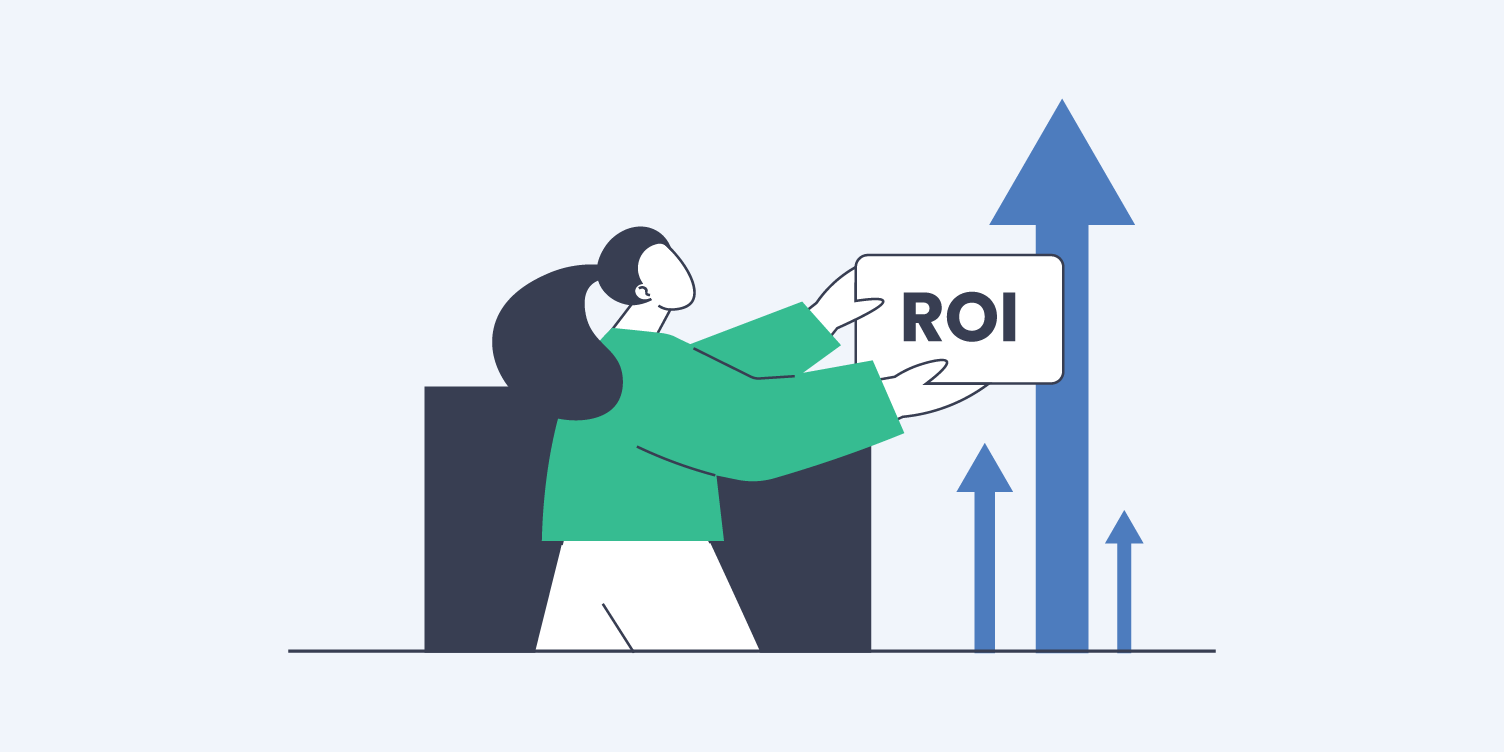Despite the overwhelming number of SEO guides, checklists, and how-tos available online, affiliates are still plagued by outdated beliefs. You’d think that by 2025, the basics would be common knowledge. But SEO myths are stronger than ever, mixing misconceptions of different eras in one monstrosity.
Many affiliate marketers still fall for myths that quietly sabotage their traffic and monetization potential – but you’re not going down this path. You’re going to be driven by data, not guesswork or ungrounded opinions.
Read on to learn what SEO for publishers should actually look like in 2025.
Keyword Stuffing Boosts Rankings
Here’s one of the oldest SEO myths: “Just stuff in more keywords, and Google will rank the page higher.” Meanwhile, the truth is too far from it. Keyword stuffing actively hurts your rankings, leading to:
- Lower engagement: Visitors bounce because the content feels spammy
- Lower rankings: Google downranks content that looks over-optimized
Google uses natural language processing (NLP) through technologies like BERT (2019) and MUM (2021) to understand semantics. Overuse of a keyword doesn’t signal relevance but a manipulation attempt. So, the best practice for SEO is to write content that is relevant to your audience without focusing too much on keywords.
According to Serpstat, most marketers tend to have 1-2% keyword density in their texts. SEO for publishers is not that hard, just ensure that you are still doing your best without overstuffing:
- Use natural language: Think like a human, not a bot.
- Include semantic variants: Google recognizes related terms and concepts (LSI — Latent Semantic Indexing).
- Focus on topic relevance: Cover a subject in-depth instead of repeating the same phrase.
Instead of repeating “best vehicle insurance” ten times in order to collect car insurance leads, talk about different types of insurance, common real-life cases, and what happens when a car gets totaled. As an SEO journalist, you should analyze your audience’s interests and provide engaging content.
More Pages Always Mean More Traffic
It’s another common misconception that states “The more content we publish, the more traffic we’ll get.”. Meanwhile, it’s one of the most common SEO myths. More pages often mean more clutter, not more clicks.
For years, SEO advice emphasized content volume. “Publish every day,” “Scale with quantity,” “Google loves fresh content.” But that only works if the content adds value.
Simply pushing out low-quality articles can backfire on all your efforts. It’s better to post 1-2 coherent articles that suit your semantic core than many scattered texts.
Here are some of the risks you face by prioritizing quantity over quality:
| Index Bloat | When you flood your site with thin, low-value, or duplicate content, Google may stop indexing your new pages altogether. You become your own worst enemy. |
| Crawl Budget Waste | Large sites have a crawl budget. Googlebot may spend its time crawling pages that don’t matter, leaving your best content ignored. |
| Diluted Internal Authority | Each page draws from your domain’s total “authority juice.” The weaker pages you have, the thinner the spread of internal link equity you’ll get. |
| Lower Average Rankings | When half your pages never get traffic, your overall site performance (click-through rate, engagement, bounce rate) suffers, which can drag down the rest of your site. |
A study by Animalz introduced the concept of “Content Decay”. It’s the idea that even once-successful content loses traffic over time unless it’s updated or maintained. So not only do most new pages fail, but even old ones deteriorate without effort.
So make sure to focus on:
- Posting in-depth content around topics that have search demand and business value.
- Use content audits (at least quarterly) to identify underperforming or deadweight content.
- Refresh and repurpose existing posts instead of publishing new ones that won’t rank.
- Create topical clusters, not isolated pages. To become an expert in your niche, you need depth, not sprawl.
These simple tactics make your website more coherent, positively affecting both SEO rankings and lead generation.
Exact-Match Domains (EMDs) Guarantee Success
For years, many believed that owning an exact-match domain (a website URL that exactly matches your target keyword phrase, like bestinsurance.com) ensures stable traffic. Fifteen years ago, it was a shortcut to high rankings, but today it’s one of the SEO myths.
Even Google’s executives say that domain names currently mean almost nothing. Meanwhile, content quality, backlinks, and overall user experience have a high impact on your ranking.
So, make your domain related to your niche, but ensure that it’s creative and reflects your specifics. That practice of SEO for publishers ensures that you will stand out from the crowd.
You Need to Adhere to ALL Google News Requirements
It’s one of the most common SEO myths for affiliates building their traffic around news.
In most cases, news content has a short lifespan. So many publishers who do SEO for a news website start to believe that they need to tick every single box in the Google News Publisher Center to get traffic.
Meanwhile, strict compliance is not always a must, but quality is non-negotiable. It’s easy to get overwhelmed by the list of Google News policies. And while violating SEO rules can limit visibility, especially on Google News surfaces (e.g., the Top Stories carousel or Google News app), it doesn’t mean you’ll be blacklisted from Google entirely or never rank.
Just ensure that you post quality human-generated content and disclose any affiliate links or sponsored content.
You Can’t Use SEO Paywall Content in Affiliate Marketing
While it’s not one of the full-scale SEO myths, it’s still not true. The misconception states that Google doesn’t allow paywalled content to rank, so affiliate publishers have to make everything free and open.
In affiliate marketing, paywalled SEO content may include:
- Full comparison tables are only available to paid subscribers
- Exclusive long-form reviews or deep-dive guides behind a login
- “Top Picks” gated to members while shorter summaries remain public.
Many assume this content is unindexable or even penalized. But that’s not necessarily the case. Google explicitly allows paywalled content in SEO for publishers if:
- You use structured data markup (<meta name=”robots” content=”noarchive”>, data-nosnippet, and Paywalled Content structured data)
- You don’t try to deceive (e.g., bait-and-switch tactics)
- You provide enough visible value in the free snippet to warrant a click
In fact, Google says that if you adhere to their “Structured data for subscription and paywalled content” manual, you’ll still appear in Google Search results. However, to achieve this, you need to provide valuable content that’s available to all users, hiding only extras behind a paywall.
More Backlinks Lead to Higher DR
Another common misconception about SEO for publishers is that building a large number of backlinks is sufficient to achieve high rankings, particularly due to a high domain rating (DR).
However, there is a catch since:
- DR is third-party data, not part of Google’s algorithm
- It can be manipulated
- It’s directional, not definitive
“More Backlinks = Higher DR” is no more than an SEO myth since DR can be easily manipulated. It can be inflated without real SEO impact. You can buy a bunch of cheap links, watch your DR rise from 20 to 40, and still have no traffic growth.
DR doesn’t measure topic relevance, anchor diversity, and traffic that comes from those links. Meanwhile, these tiny details are essential for your rankings. Therefore, low-quality links can do more harm than good. If affiliate marketing is your daily bread, and you try to make money with SEO publishing, it’s better to achieve 1 backlink on a relevant site rather than 100 irrelevant ones on link farms.
Meta Keywords Drive Rankings
In the early 2000s, the <meta name=”keywords”> tag was used by search engines to understand page topics. And meta rankings actually affect the rankings. But 20 years later, it’s one of the SEO myths.
In the mid-2000s, SEOs began stuffing pages with massive lists of keywords, many of which were irrelevant, in an attempt to increase their visibility in search results. So in 2009, Google’s Matt Cutts made it crystal clear:
“Google doesn’t use the keywords meta tag in our web search ranking.”
— Google Search Central Blog
Today, meta titles don’t have too much extra weight. These statements simply become SEO myths. You can still add some keywords there, but Google will react to them just like regular text.
That said, the rule of thumb is that you should make the meta title and description action-driven and add at least one keyword. Other than that, it’s better to focus on the on-page content signals and structured data (schema) to help with rich snippets.
Paid Ads Boost Organic Rankings
Another misconception of SEO for publishers is that “If I spend money on Google Ads, my site will rank higher in organic search too.” Meanwhile, Google keeps paid and organic results completely separate. There’s no secret “boost” or karma points for being a paying customer.
Google’s search and ads teams operate independently, specifically to give every business an equal chance. If paying for ads influenced rankings, search results would cease to be trustworthy. So, it’s just one of the SEO myths.
There are, however, two indirect impacts of running paid ads with Google :
- More visibility may lead to more organic branded searches. Users see your name in ads and search for you later, resulting in more branded traffic. But paid traffic is short-lived: once you stop showing ads, your stream of traffic runs dry.
- Better CTR data. High engagement from paid users may mirror organic engagement, which Google can use as a user experience (UX) signal. But at the same time, if your site doesn’t provide value, even paid ads won’t improve CTR.
But these examples are correlations, not causes. Running ads doesn’t change how Googlebot crawls, indexes, or ranks your content. It’s better to focus on providing a user-friendly experience and content with value.
Social Media Signals Directly Improve SEO
Continuing debunking common SEO myths, it’s time to look at “If my post gets lots of likes, shares, or retweets, Google will rank it higher.” While it has an element of truth, it’s not quite what you expect.
Google doesn’t use social signals as a direct ranking factor. A viral tweet or trending Instagram Reel won’t magically push your page to the top of SERPs. Social platforms like Facebook and X frequently restrict Googlebot from crawling all content.
But still, you should leverage social media and partner with influencers to boost SEO for publishers since shares drive organic interest, which may boost your traffic and build even better brand awareness. It can lead to even more branded searches, which further improve your SEO.
Thin Content Is Enough for Affiliate Sites
The last of the common SEO myths states that it’s enough to slap some product links and a few sentences together to make affiliate sales and rank. But this mindset is a fast track to zero traffic. Google punishes thin content, especially on affiliate sites.
Google’s Product Reviews updates and Helpful Content System explicitly target thin or low-value pages, especially:
- Shallow product summaries copied from sellers
- Auto-generated or AI-written fluff
- Pages that exist only to drive clicks, not help users
If your affiliate content lacks original insights, comparisons, or usefulness, Google sees no reason to rank it. So SEO for publishers is more about real experiences, including pros/cons of chosen products and all the details they’d like to see or hear about.
Answer buyer questions clearly and completely. If you don’t know what your audience may be interested in, use Reddit and other niche forums to determine their interests. The best-performing examples of SEO for publishers demonstrate expert knowledge, quantitative measurements, comparisons with previous models, and explain why a product is good or bad.
Monetize Your Traffic with Profitise
Profitise is a leading insurance and solar affiliate network for affiliates who are selling quality web leads and phone calls. With hundreds of businesses already joined and even more to come, Profitise is the go-to place to monetize your traffic.
With Profitise, you get:
- Embeddable JavaScript forms to generate qualified insurance and solar leads
- Large lead market to sell your traffic instantly
- High price for your web and call leads
- Free assistance from your affiliate manager
Sell leads with Profitise as an affiliate.
Frequently Asked Questions
What is the publisher of a website in affiliate marketing?
In affiliate marketing, a publisher is a website owner or content creator who promotes products or services using affiliate links or lead generation forms. They earn a commission when users click those links or fill out a form and make a purchase.
What are the best tips for SEO in 2025?
In 2025, SEO for publishers is about following user intent, adhering to the EEAT (Experience, Expertise, Authority, Trust) principle, prioritizing fast loading times, and implementing mobile-first design. Use structured data, optimize for voice and AI search, and create helpful content. Also, build relevant backlinks and monitor Core Web Vitals.
How to rank Google News as an affiliate
To rank in Google News as an affiliate, publish timely, original, newsworthy content. Use proper bylines, structured data, and avoid overly promotional tone. Another SEO tip for publishers is to ensure fast loading, mobile-friendliness, and strong EEAT signals. Disclose affiliate links transparently and focus on value over monetization.
















